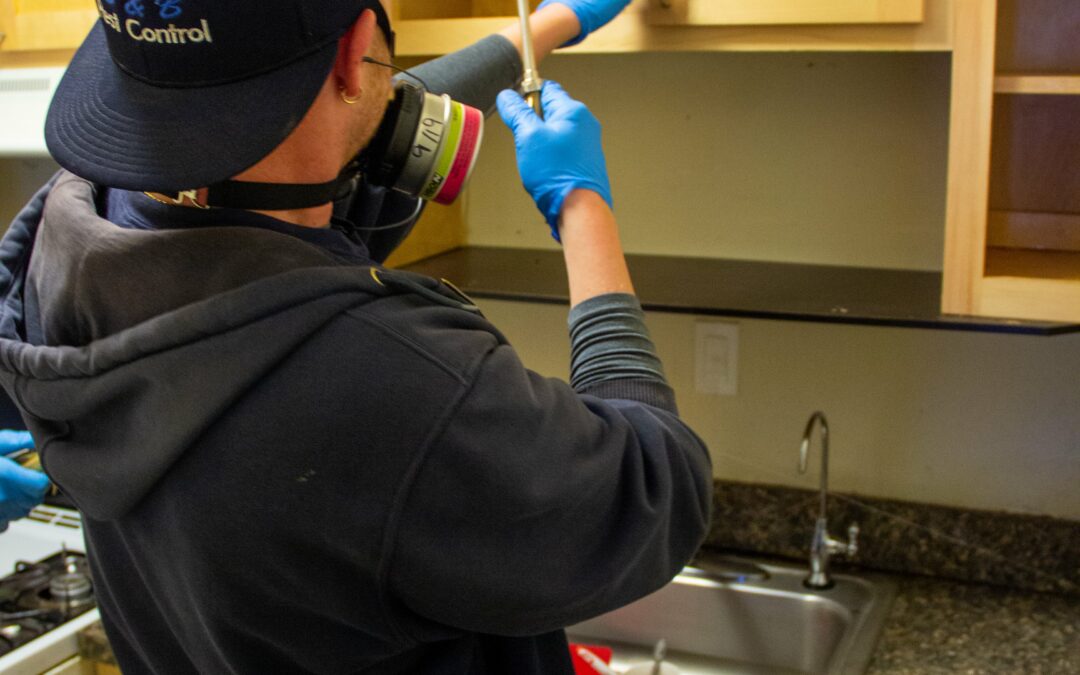Ants belonging to the genus Camponotus are among the largest ant species in the US in terms of body size, as workers from most Camponotus species are around ¼ inch in length or more. Ants in the genus Camponotus are commonly known as “carpenter ants” because colonies are established within damp and decayed pieces of wood found in the natural environment. Reproductive swarmers known as “alates” establish new carpenter ant colonies each year during swarming season. Most alates that make up ant and termite swarms die before mating, but the few that survive to mate are likely to succeed at initiating a new colony within a crack or crevice on the surface of natural wood items, such as decayed logs, tree stumps, fallen branches and dead portions of trees. Female alates that mate to produce eggs within a damp wood source go on to become queens of new colonies. In addition to nesting in natural wood items, several carpenter ant species are structural pests that occasionally excavate nests in woodwork, most notably within structural lumber in homes and buildings, which can result in costly damage.
Carpenter ant alates always establish new colonies within natural wood sources that are damp enough to provide the queen and her offspring with the moisture they need to survive. As colonies grow, foraging workers establish additional “satellite nests” around the original “parent nest.” Workers can establish satellite nests 60 feet or more from the parent nest, and satellite nests are only inhabited by workers, and occasionally, secondary reproductives. Since workers and secondary reproductives are not as reliant on moisture as queens, eggs and larvae, workers are capable of establishing satellite nests within fairly dry structural wood, as well as in enclosed spaces where relative humidity remains constant. Carpenter ant infestations often see workers establish nests within structural wood located within moist wall voids. However, if the moisture content in wall voids is sufficient to support a satellite nest, workers are unlikely to expend energy excavating a nest in structural wood.
Carpenter ant infestations are usually noticed when homeowners spot large worker ants foraging in kitchens where they often gain access to pantries and cupboards. Some carpenter ant infestations consist of foraging workers entering homes from outdoor nests only, while other infestations consist of one or more indoor satellite nests located in hidden areas. If more than 20 carpenter ant workers are found in a home, indoor satellite nests have likely been established. Carpenter ant workers follow fixed foraging trails, so following them to their destination will reveal the location of their hidden nests. Spotting workers emerging from wall outlets, light fixtures, floorboards, or congregating around moist indoor areas clearly indicates that indoor nests have been established.
Have you ever found ants emerging from walls or ceilings within your home?

